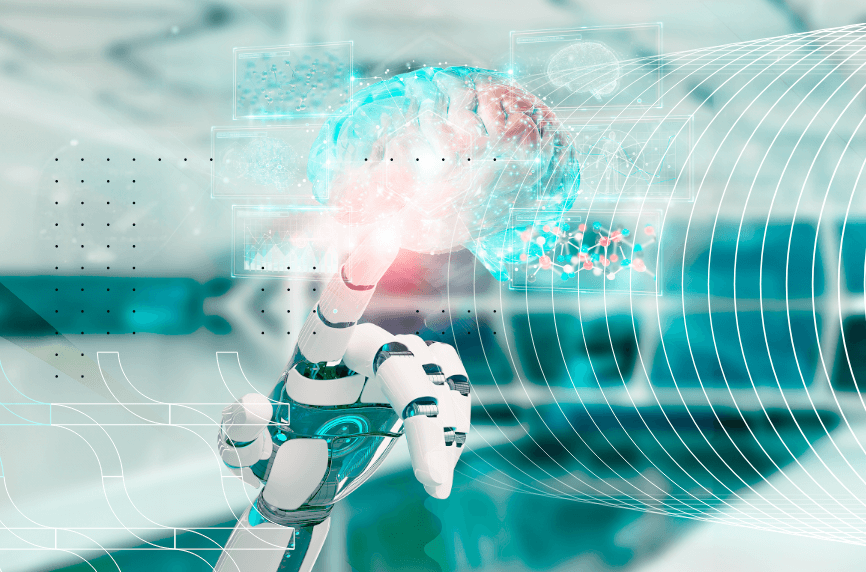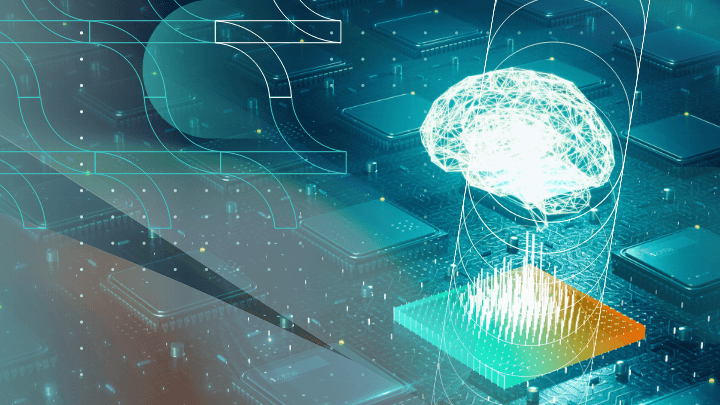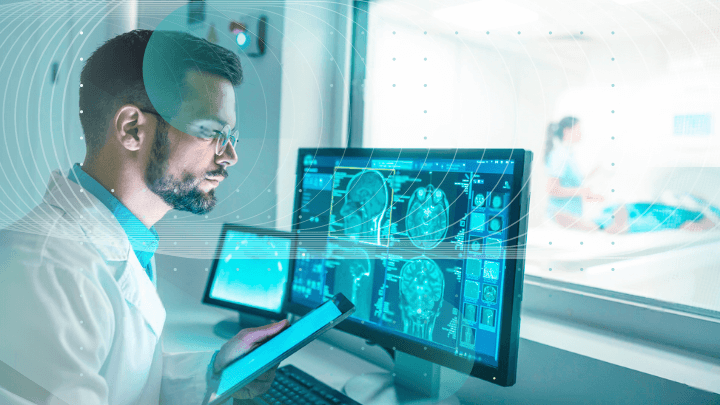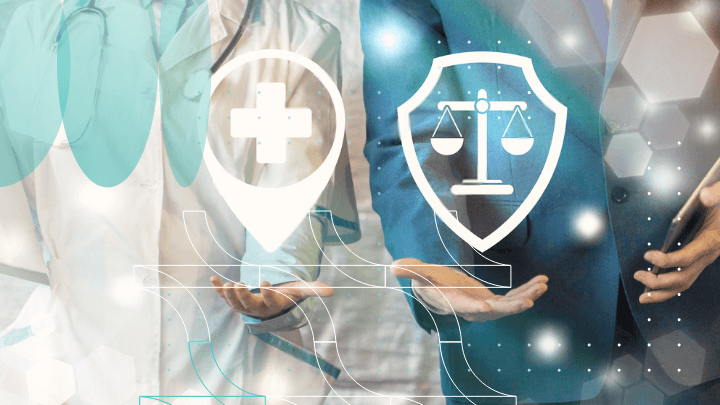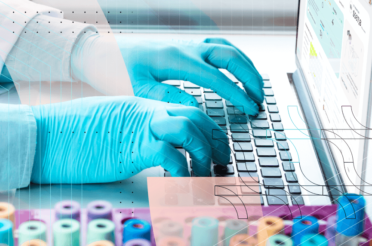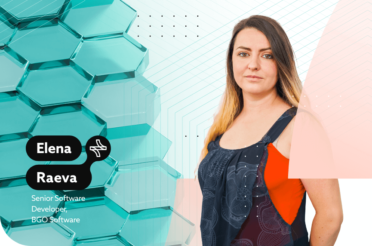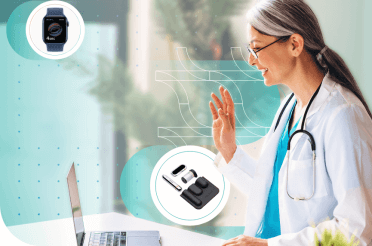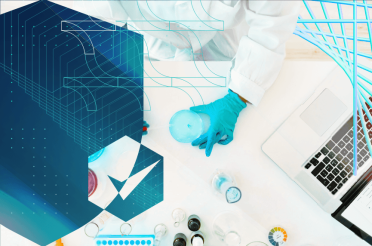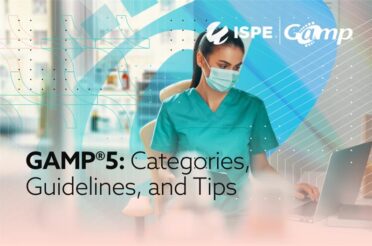In recent years, regulations on healthcare technologies have undergone multiple revisions and additions. With the rapid advancement of artificial intelligence (AI) and machine learning (ML), guidelines and rules now require more careful evaluation.
Medical devices, for example, are a fundamental part of the treatment process. More and more such devices are being created using and incorporating artificial Intelligence software.
AI and ML have unlocked new possibilities in healthcare, revealing opportunities previously unseen. These technologies have proven to be valuable tools, improving how patients receive treatment and care in multiple ways.
The healthcare industry and its regulators have recognized the impact of these innovations. Rather than restricting their development, they are seeking ways to integrate them safely and effectively.
How can AI and ML help the healthcare industry?
Artificial intelligence (AI) in healthcare refers to computer systems that perform tasks typically requiring human intelligence. These technologies provide insights, analyze data, make predictions, and assist medical professionals in patient treatment. They also automate repetitive tasks, such as interpreting medical images and identifying trends in patient data, leading to more accurate diagnoses and improved care.
Machine learning (ML) is a subset of AI that enables computer systems to learn from data and improve their performance over time without explicit programming. AI and ML are poised to positively impact the healthcare ecosystem, offering significant benefits for global health. However, to ensure these technologies serve patients and citizens effectively, their limitations and risks must be carefully understood and managed.
Facts and stats of AI Devices and ML in Medical Devices
AI and machine learning have already stepped into the healthcare domain and are creating ripples in several sectors.
Here is a brief timeline of AI and ML integration in medical devices:
- Research Labs (early 2010s): These were the early days when the potential for AI and ML applications in healthcare and medical devices was determined. Researchers began investigating AI algorithms for medical imaging and clinical decision support;
- 2016 to 2017: AI algorithms, especially deep learning models, started to demonstrate remarkable abilities in analyzing medical images. For example, Google’s DeepMind produced a genomics AI system for analyzing retinal images to identify eye diseases in 2016;
- 2018 to 2019: AI-powered smartwatches and fitness bands became common for tracking health metrics. These devices began to apply AI for more advanced features like heart rate analysis and fall detection;
- 2019 to 2020: The U.S. FDA (Food and Drug Administration) started granting its initial authorizations to AI-powered medical products. This included an AI-powered diagnostic device for the detection of diabetic retinopathy;
- 2020 – 2021: The COVID-19 pandemic fast-tracked the development and implementation of AI solutions in the field of healthcare. Telemedicine and remote monitoring technologies were vital. AI was also utilized to help predict the spread of diseases, optimize the allocation of healthcare resources, and identify potential COVID-19 diagnostics;
From 2022 onward, ongoing AI and ML advancements will further shape the future of healthcare. Innovations may include more AI-driven diagnostic tools, improved drug discovery processes, and advanced wearables with AI/ML capabilities.
ML and AI in healthcare statistics
Artificial intelligence and machine learning are becoming integral to health care, driving advancements in diagnostics, treatment, and patient care.
The following statistics highlight their growing impact:
- The global market for AI and machine learning medical devices was valued at approximately 3.1 billion U.S. dollars in 2021. According to projections, the market was expected to grow into a market size of 35.5 billion U.S. dollars by 2032. [1]
- Since August 2024, the Food and Drug Administration has approved 950 AI or machine learning-enabled devices.
- Now 42% of all funding for digital health went to AI-focused companies in 2024. [3]
As a result, AI and ML are transforming nearly every sector of healthcare.
Evaluation of AI and ML across healthcare sectors
Healthcare devices that are powered by AI and ML are now utilized by patients, doctors, and even surgeons. Below are just a few of the sectors affected by this emerging technology.
AI and ML in Wearable Health Tech
Wearable health technology is one of the fastest-growing sectors in digital health. Devices like smartwatches and fitness trackers now use AI and ML to monitor vital signs. These include heart rate, sleep patterns, and physical activity.
These AI-enhanced wearables provide healthcare providers with real-time data. This data helps detect conditions such as atrial fibrillation at an early stage. As a result, proactive monitoring has made wearable health tech a key tool in preventive care. This is especially beneficial for individuals with chronic illnesses. It allows for early intervention and reduces the need for frequent in-person medical visits.
AI and ML in Diagnostic Devices
Machine Learning and artificial intelligence are also used in diagnostic devices that provide faster, more accurate, and efficient detection of diseases. These technologies process large volumes of clinical data, including medical images, laboratory results, and patient histories. The aim is to recognize patterns that human clinicians might overlook.
For example, AI-based diagnostic tools can analyze retinal scans to detect conditions such as diabetic retinopathy. They can also identify early-stage cancer by examining MRI images and X-rays.
AI-powered imaging products from GE Healthcare and software-based medical devices (SaMD) are already in clinical use. These AI systems assist clinicians with diagnosis and streamline workflow, improving efficiency in medical settings.
AI and ML in Monitoring Devices
Sensors and monitoring devices are becoming more intelligent and responsive to patients thanks to the influence of AI and ML. These technologies allow for the continuous monitoring of vital signs, including heart rate, blood pressure, glucose levels, and oxygen saturation.
One way to do it, as we mentioned, is via wearables such as smartwatches and implantable sensors, whose AI algorithms can identify anomalies. Such anomalies can be irregular heart rhythms or sudden drops in blood sugar, and alert healthcare providers or patients in real-time.
AI and ML in Therapeutic Devices
AI and ML are making a transformative impact on therapeutic device manufacturing by providing devices that are personalized and adaptive.
These technologies process real-time patient data and adjust therapies accordingly. For example, smart insulin pumps can automatically modify insulin doses for people with diabetes.
AI-assisted devices, such as neurostimulators for chronic pain, optimize treatment effectiveness while reducing side effects. They connect with electronic health record systems to improve communication with healthcare providers, supporting better patient outcomes and advancing personalized medicine.
AI and ML in Predictive Analytics
In healthcare predictive analytics, AI and ML analyze vast amounts of clinical data to anticipate potential health outcomes. These technologies can predict disease outbreaks, patient readmissions, and the progression of chronic conditions such as diabetic retinopathy or atrial fibrillation.
Ultimately, AI and ML’s ability to process large datasets offers several key benefits:
- Identify patterns: based on a training data set, an AI device can offer actionable insights for early intervention by healthcare providers;
- Improve efficiency: predictive analytics helps health departments manage public health by allocating resources and implementing preventive care;
- Provide better care: preventative care is generally better than reacting than reacting to a disease which has just shown its first obvious symptoms. AI and ML are capable of examining the sea of data that a professional might not be able to, improving patient care
As a result, AI-powered predictive analytics improves patient safety, reduces costs, and enhances patient outcomes across the healthcare system.
Health care providers benefit from these advancements as AI-driven software products help identify risks, streamline decision-making, and optimize treatment plans.
AI and ML in Personalized Medicine
AI and ML drive the evolution of personalized medicine by tailoring treatments to patients based on genetic, clinical, and lifestyle data. These technologies analyze vast datasets, including electronic health records, genetic profiles, and medical images. Their goal is to identify patterns and predict patient responses to specific treatments.
The following are examples of how AI and ML can be utilized in personalized medicine:
- Recommending cancer treatments: AI tools can suggest targeted cancer treatments by analyzing the genetics of the tumor. They can also optimize the dosages of medications for chronic conditions such as diabetes;
- Assisting with research: AI speeds the development of personalized medicine through advanced data analysis that identifies biomarkers and potential drug targets;
- Generate custom treatment plans: AI-enabled platforms such as GE Healthcare’s solutions allow clinicians to design personalized treatment plans – this improves patient outcomes and minimizes adverse effects.
However, the uses of AI do not end here. Healthcare professionals can also efficiently leverage machine learning and artificial intelligence devices in their jobs.
AI and ML in Imaging and Radiology
In radiology, AI and ML analyze medical images such as MRI, X-rays, and CT scans. The software detects tumors, fractures, and early signs of conditions like diabetic retinopathy. AI enhances diagnostic accuracy by identifying patterns that human radiologists might miss.
Tools from companies like GE Healthcare assist in interpreting complex scans, enabling faster diagnoses and more effective treatment plans.
AI and ML streamline radiology workflows by automating tasks such as image sorting and preliminary analysis. This frees radiologists to focus on complex cases, increases productivity, and reduces burnout.
AI and ML in Robotic Surgery
AI and ML, like Moon Surgical’s robotic software, perform complex tasks with exceptional precision. AI algorithms analyze real-time data from medical images and sensors. They provide surgeons with enhanced visualization and guidance during procedures. The software also recommends safer and more effective surgical approaches. This level of accuracy reduces postoperative complications and improves patient safety.
Beyond assisting during surgery, AI and ML play a vital role in pre- and post-surgical care. AI tools analyze clinical data and medical images to help surgeons plan procedures tailored to a patient’s anatomy. After surgery, AI systems monitor recovery and detect early signs of complications, enabling timely interventions. Companies like Medtronic and Intuitive Surgical lead in integrating AI into robotic surgery. This advancement makes procedures less invasive and speeds up patient recovery.
Hospitals recognize the value of AI and ML, and the technology continues to gain traction. However, its widespread adoption has also attracted regulatory attention.
Regulatory Considerations for AI and ML in Medical Devices
Regulation aims to balance safety, efficacy, and ethical concerns with the need for a stable environment that fosters innovation. The Food and Drug Administration (FDA) has begun efforts to integrate AI and ML into healthcare while ensuring their safe use.
Traditional medical device regulations were not designed for software-based technologies that evolve through frequent updates. AI- and ML-powered medical devices, especially those used in diagnostics and treatment, remain relevant over time. Continuous software updates, feature modifications, and algorithm refinements enhance their performance and effectiveness.
However, these devices present unique challenges, particularly as they adapt and learn in real-world settings. Security and privacy concerns remain significant issues for the public.
To address these challenges, the FDA introduced a new regulatory approach for modifying AI/ML-based software as a medical device (SaMD) in a recent discussion paper [4]. This framework considers the product’s entire lifecycle and the iterative nature of AI/ML algorithm development.
These iterative cycles consider the quality and relevance of data used for testing, the training methods for algorithms, and the strategies for validation. Proper validation, transparency, and clear claims about post-modification performance help ensure confidence in the algorithm’s reliability and accuracy.
The situation in Europe
In Europe, medical devices should comply with CE marking requirements. The applicable law is the Medical Device Regulation (MDR) and In Vitro Diagnostic Regulation (IVDR). They place a greater focus on the use of AI and software in medical devices, defining specific requirements for conformity assessment.
The CE marking is a certification that indicates a medical device conforms to the essential health and safety requirements outlined in European Union (EU) directives or regulations. It signifies that the device meets the necessary quality and safety standards to be placed on the European market and used within the EU.
The MDR and the IVDR, are sweeping reboots of the EU’s regulatory framework for medical devices. These regulations, effective since 2017, seek to adapt to the changing face of medical technology, with specific mention of the rise of AI and software in medical devices.
In today’s landscape, software companies must comply with regulations in multiple regions to stay competitive. However, regulatory approval is not the only challenge they face.
Points of caution for AI and ML
As with every solution, both machine learning and artificial intelligence have some challenges that should be addressed.
Integration of AI and ML in Existing Devices
One of the biggest challenges in integrating AI and ML into medical devices is compatibility with existing systems, including electronic health records and legacy hardware. Many healthcare facilities rely on outdated infrastructure that cannot support AI-powered devices. Additionally, AI depends on seamless data exchange between systems, which is often hindered by proprietary formats and a lack of standardization.
To address this, developers and healthcare providers must collaborate to create interoperable systems. A key strategy is standardization and modular design, allowing devices to be upgraded or replaced as technology advances. This approach ensures long-term compatibility and seamless integration.
Impact on Healthcare Outcomes
AI and ML can greatly improve patient outcomes, but their effectiveness depends on the quality of training data and algorithm accuracy. Biased or incomplete datasets can lead to incorrect predictions or diagnoses, posing risks to patients. Additionally, over-reliance on AI without human oversight can introduce errors and compromise care.
To reduce these risks, developers must use diverse and representative datasets and subject AI systems to rigorous clinical trials and FDA approval. They must combine AI insights with human expertise to ensure these technologies support rather than replace the critical judgment of healthcare providers. This approach maintains patient safety and care quality.
Training and Skill Requirements
The adoption of AI and ML in medical devices requires healthcare providers to learn new skills and adapt to evolving technologies. Many clinicians may not have the technical expertise to use AI systems effectively or interpret their outputs. This skills gap can slow adoption and limit the benefits of AI-enabled devices.
To address this, healthcare institutions should implement comprehensive training programs and continuous education initiatives. Partnerships between AI developers and medical institutions can help create user-friendly interfaces and provide hands-on training. This ensures AI and ML technologies enhance patient care and improve operational efficiency.
Discover how AI and ML can help your medical devices innovations. Embrace innovation and stay ahead in the rapidly evolving healthcare industry.

Final words
The journey to safely integrating AI into AI-enabled medical devices has been long and is far from complete. Regulatory agencies continue to emphasize post-market surveillance to monitor these technologies in real-world healthcare settings. While progress has been significant, the digital health space remains dynamic, requiring ongoing vigilance.
Advances in generative AI, large language models, and data management further shape the future of medical innovation, highlighting the need for continuous oversight to ensure patient safety.
BGO Software takes a proactive approach to innovation by closely monitoring the rapidly evolving regulatory landscape and staying informed about emerging technological advancements.
Sources
AI/machine learning medical device market value worldwide in 2021 and forecast for 2032 [1]
The number of AI medical devices has spiked in the past decade [2]
Share of funding in the digital health industry on AI-focused companies worldwide from 2015 to 2024 [3]









